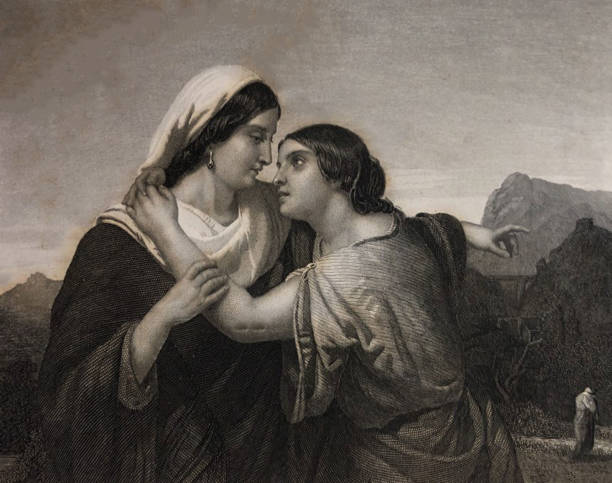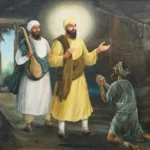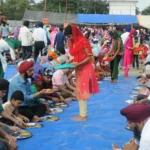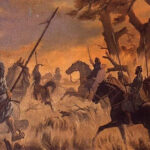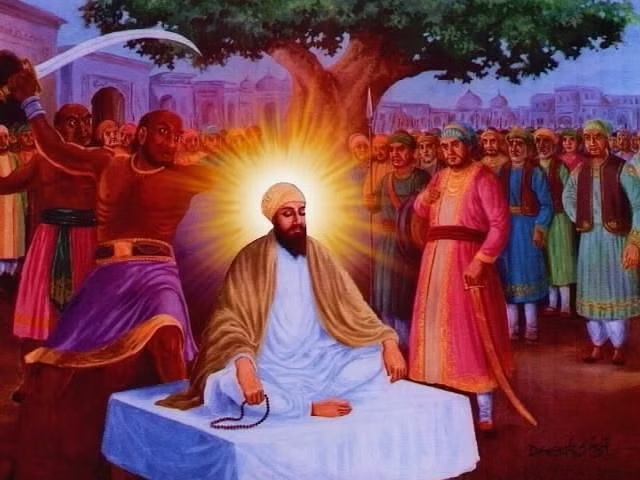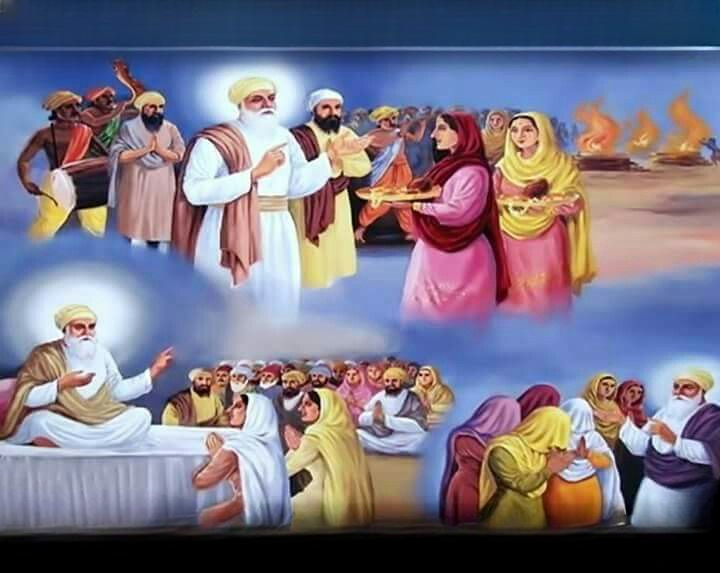In Summary
While the Book of Ruth is centered on Naomi, Ruth’s mother-in-law, Ruth’s story has significance. Ruth is a Moabite immigrant to Judea as a result of her first and second marriages, and she tries to fit in. She shows great respect for Naomi and is frequently compelled to submit to her second husband, Boaz. Modern assessments condemn and praise her acts, and they highlight how her story exemplifies the patriarchal structure. She is praised in the Bible, though, for her dedication and as David’s great-grandmother. Ruth’s name serves as the title for the Book of Ruth, which is most likely a work of historical fiction situated during the time of the judges. Ruth is a Moabite who marries a Jewish immigrant. She becomes a childless widow after his death and decides to accompany her mother-in-law, Naomi, to Judah. Naomi objects to the choice (1:11-13), but Ruth persists. Ruth’s name serves as the title for the Book of Ruth, which is most likely a work of historical fiction situated during the time of the judges. Ruth is a Moabite woman who marries Mahlon, a Judean immigrant (1:1–4; 4:10). She becomes a childless widow after his death and decides to accompany her mother-in-law, Naomi, to Judah. Naomi objects to the choice (1:11-13), but Ruth persists. She swears complete devotion to Naomi, her people, and her god YHWH, even if it means death (1:16–17). When the women of Bethlehem greet them both, Naomi fails to recognize Ruth’s presence. Instead, she is reported by the storyteller as an immigrant.
Scenes I and II
Ruth appears in scene one (1:1-22) in conflict with her society. She marries outside her people and abandons her family’s cohesiveness, her national identity, and her religious allegiance. Only Abraham approaches this radicalness in the entire biblical history of Israel, but he also received a summons from God (Gen 12:1-3) and a wife. Ruth stands alone, without human or divine assistance. Furthermore, she reverses her sexual orientation. In a society where men rule, a young woman commits herself to an elderly woman.
Ruth takes the initiative to get food in scene two (2:1-23). She arrives at the field of an affluent man named Boaz, a relative of Naomi, through accident (a code for the divine) (2:1–3). “To whom does this young woman belong?” he inquires. —truly a patriarchal issue. Though the question suits his culture, it does not fit Ruth, who is still in conflict with it. The servant’s response does not provide her name but identifies her as “the Moabite who returned with Naomi from Moab” (2:6). Her identity is derived from her peculiarity and another lady.
Boaz lets Ruth glean in his field and ensures her safety. She reacts with reverence, recognizing his favor and her foreignness (2:8–9). Her discourse, however, is marked by ironic nuance. The favor Boaz bestows on her is the favor she wanted. As a result, she (and chance), not he, determines her fate. Boaz recognizes her uniqueness. He depicts her as having abandoned her mother and father, as well as her native land, to live among strangers (2:11). Ruth is placed within the narrative of Israel because his phrase parallels Abraham’s cry (Gen 12:1). Furthermore, Boaz asks the blessing of YHWH, under whose protecting “wings” (kenafayim) she has sought sanctuary (2:12).
When Ruth reports to Naomi in the evening, the daughter learns that Boaz is a redeemer within their broader family. Her biggest concerns, though, are Naomi’s loyalty and the availability of food.
Three and four scenes
If scene two reflects Ruth’s physical struggle, scene three represents her cultural fight (3:1–18). It entails a daring, perhaps dangerous, and risky deed. Ruth agrees without hesitation to pursue marriage with Boaz at Naomi’s prodding. The plan is for her to pay him a visit on the threshing floor after he has finished celebrating the harvest and gone to bed. He will teach her what to do when she uncovers his “feet,” a euphemism for genitals.
Ruth’s actions prompt Boaz to ask a second query (see 2:5). In contrast to his first, it approaches her directly and inquires about her identity: “Who are you?” (3:9). Ruth responds with her name. Contrary to Naomi’s guarantee, she instructs Boaz to “spread your wing [kanaf, rendered “coat” in the NRSV] over your servant, for you are next-of-kin.” Ruth pushes Boaz to answer his earlier plea for her blessing with a wordplay on the wing (2:12). This foreign woman holds an Israelite man accountable.
Despite telling Ruth that another man had first rights to her, Boaz replies graciously to her proposal. He refers to Ruth as a “good woman” (eshet hayil), the same language used by Proverbs to describe the “competent wife” (Prov 31:10). He keeps Ruth hidden and gives her food (3:14–15). She relates to her mother-in-law what Boaz has done but leaves out any mention of her audacious remarks and actions. Ruth’s final words are characteristically focused on her mother-in-law and the availability of food (3:17).
In scene four (4:1-22), Ruth, like Naomi, does not speak but is mentioned. Boaz presents the case before the male elders at the city gate, where issues are resolved by the community.
to the unknown man who has first rights to the women When this man discovers that his contract to acquire property from Naomi requires him to marry Ruth, he refuses (4:1–6). The path is then clear for Boaz to play the redeemer’s role. The elders who witness the transaction address him with Ruth-related phrases, but they never mention her name. She is “the woman” and “this young woman,” to whom they relate to Rachel, Leah, and Tamar, the ancestral moms. These males regard her as fulfilling traditional norms of reproduction and male lineage continuity (4:7–12). As a result, Boaz marries her and she bears him a son (4:13). Ruth, a man’s problems have absorbed the woman.
